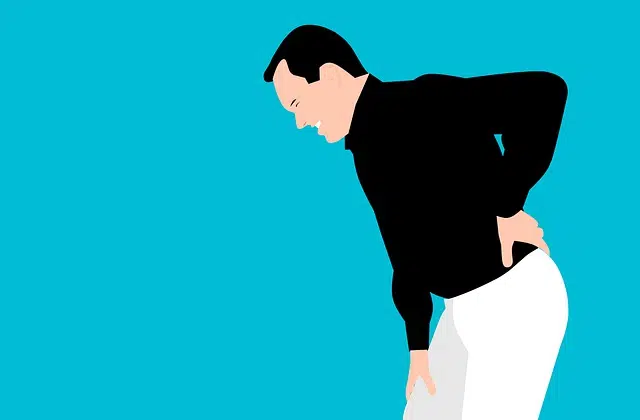
Poor body posture can cause various ailments.
From the Latin positūra , posture is the position or attitude that someone adopts at a certain time or with respect to some matter. In the physical sense, posture is linked to the positions of the joints and the correlation between the extremities and the trunk.
It is important to establish that, sometimes, not adopting correct postures when walking or sitting brings with it a series of negative consequences for the body itself. Thus, for example, diseases such as lordosis, which can be defined as a curvature in the lumbar area, or scoliosis can occur. This last pathology results in deviation of the spinal column.
The importance of taking care of your posture
There are many people who, for certain reasons, such as remaining at their workplace in the same posture, can suffer from diseases such as those mentioned. For this reason, it is recommended that you carry out a series of good practices to avoid those.
Specifically, they are advised to alternate moments of work with rest to be able to relax their body and stretch it or have their back close to the chair.
The link with space
The posture of the body is usually related to the space , both physical and social, that surrounds it. For example: if a very tall man enters a room with a low ceiling, he will have to adopt a certain posture to avoid hitting his head. This posture, therefore, will be determined by physical space.
If, on the other hand, a person stands in front of the grave of a loved one and bows their head, the posture obeys a cultural or symbolic ritual. Nothing physical forces the subject to adopt that posture, but rather it is an attitude of recollection in the face of an emotional loss.

Certain postures, such as resting your feet on a table or chair, are condemned by social rules.
Posture and non-verbal communication
In addition to all the above, we cannot ignore that posture is one of the tools that exist within non-verbal communication to express everything we want without having to use words. Sometimes our posture even simply acts on its own, unintentionally giving us away.
So, for example, when someone faces another person and crosses their arms, it means that they are protecting themselves from them, that they are putting a barrier between them. In the same way, it should not be overlooked that one way to connect with an interlocutor, to get closer emotionally by speaking to them, is to adopt a position similar to theirs.
The influence of social rules
Behavior patterns and social rules have a great impact on the postures adopted in public. An adult should not sit and rest his feet on another chair, since such a position would be associated with rudeness or lack of respect. A soldier cannot adopt any posture in front of a superior either: he must be firm and with his head upright, otherwise he would be demonstrating that he does not respect authority and the hierarchical scale.
Posture, as an attitude, refers to a person's thinking : “My position is that we do not have to go to a party to which we were only invited out of obligation,” “According to your position, I should hit my boss for every challenge.” .
